Слайд 2Zlata Dima Polina Nastya Dasha
Artem Ksenia Vlada Emiliya Ksenia Alina

Слайд 3OUR FAVOURITE FOOD
Cheese, dumplings, pasta, Rollton, Shaurma

Слайд 4Favourite music group
BTS
Stray Rids
The Beatles

Слайд 5Favourite sport
Swimming
Volleyball
Gimnastics
Karate

Слайд 6Favourite clothes
Jeans
T-shirts
Dress
Skirts
Hoodies

Слайд 7Favourite subjects
Russian
PE
Music
English

Слайд 13Comprehensive school №63
It was founded in 1984.
There are 927 students from 1to

11 grades.
Address: Novosondetsky bulevard, 13
Students attend school five days a week from 8:00a.m. till 2:00 p.m.
There are four floors.
There are two computer labs, two sport gyms, two libraries, concert hall.
Societies: Timurovtsy, Volonteers, Young Ecologists, International friendship club, Young journalists, Young firefighters, Young inspectors, Russian students’ movement and others.
Слайд 14School traditions
Annual school president’s election.
The 1st of September.
Teachers’ holiday.
School discos.
Sports competition.
Family

holidays.
Слайд 17Ulyanovsk is a major city of Russia, the administrative center of Ulyanovsk

Oblast. It is situated on the Volga Upland, on the banks of the Volga (The Kuibyshev Reservoir) and the Sviyaga. The city is located 890 km to the east of Moscow.
In 2012 the population of Ulyanovsk was 637 400 people (the 20th place in Russia).The area is 622.46 km ² (the 6th place in the Russian Federation).
Слайд 18The Monument to Bogdan Matveevich Khitrovo
Ulyanovsk was founded by Tsar Alexei Mikhailovich

and Courtier Bogdan Matveevich Khitrovo in 1648. It was a fortress and protected the eastern borders of the Russian Kingdom from the raids of nomadic tribes.
Слайд 19In autumn 1670 Sinbirsk was besieged by the army of Stepan Razin.
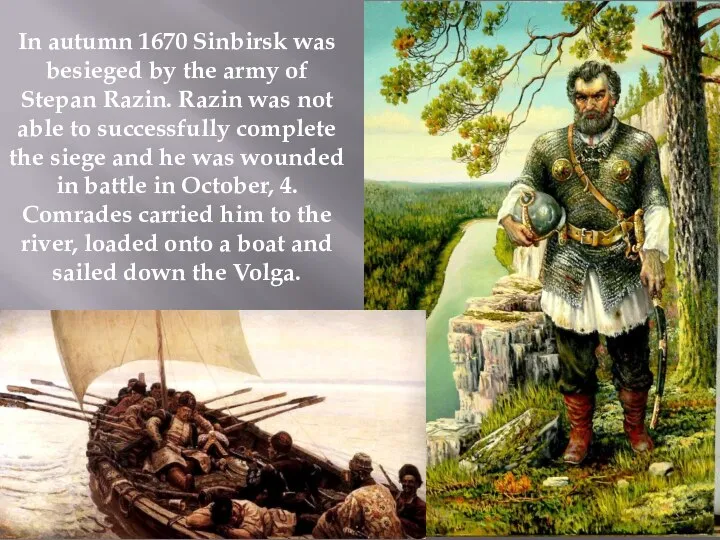
Razin was not able to successfully complete the siege and he was wounded in battle in October, 4. Comrades carried him to the river, loaded onto a boat and sailed down the Volga.
Слайд 20In 1672, Sinbirsk was granted the first coat of arms for the

defense of Stepan Razin.
Слайд 21In 1780 Simbirsk became the capital of newly established governorship, which consisted
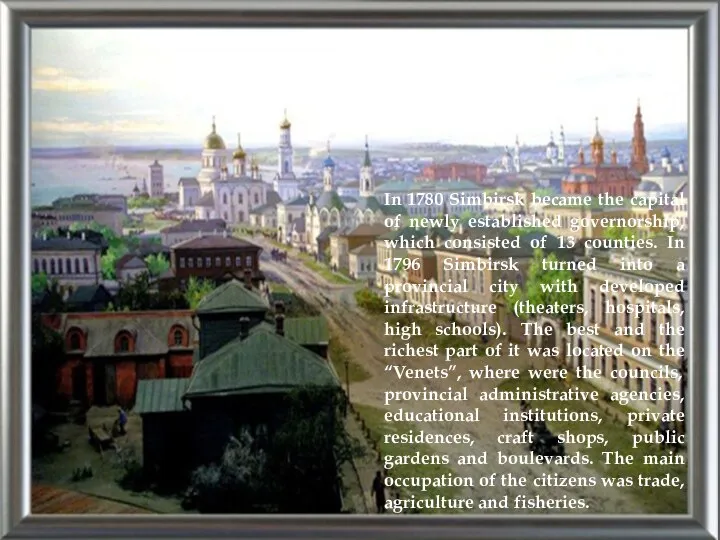
of 13 counties. In 1796 Simbirsk turned into a provincial city with developed infrastructure (theaters, hospitals, high schools). The best and the richest part of it was located on the “Venets”, where were the councils, provincial administrative agencies, educational institutions, private residences, craft shops, public gardens and boulevards. The main occupation of the citizens was trade, agriculture and fisheries.
Слайд 22The original name of the city is Sinbirsk. Supposedly it was named
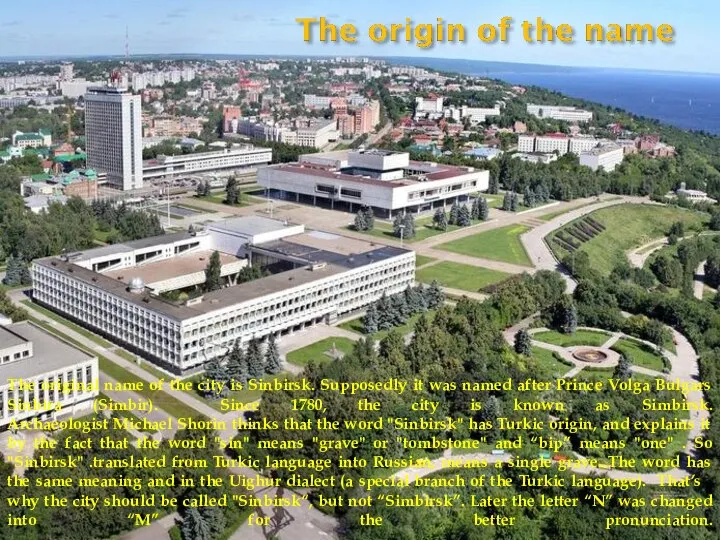
after Prince Volga Bulgars Sinbira (Simbir). Since 1780, the city is known as Simbirsk.
Archaeologist Michael Shorin thinks that the word "Sinbirsk" has Turkic origin, and explains it by the fact that the word "sin" means "grave" or "tombstone" and “bip” means "one" . So "Sinbirsk" .translated from Turkic language into Russian, means a single grave. The word has the same meaning and in the Uighur dialect (a special branch of the Turkic language). That’s why the city should be called "Sinbirsk“, but not “Simbirsk”. Later the letter “N” was changed into “M” for the better pronunciation.
Слайд 23In 1924 Simbirsk was renamed into Ulyanovsk in memory of the famous

Russian revolutionary Vladimir Ulyanov (Lenin). In 2008, Mayor Sergey Ermakov offered to return the historic name of the city, as the city was renamed into Ulyanovsk according the political reasons without consulting with the citizens. But this suggestion has been discussing till nowadays.
Слайд 24There are many beautiful monuments and buildings in Ulyanovsk
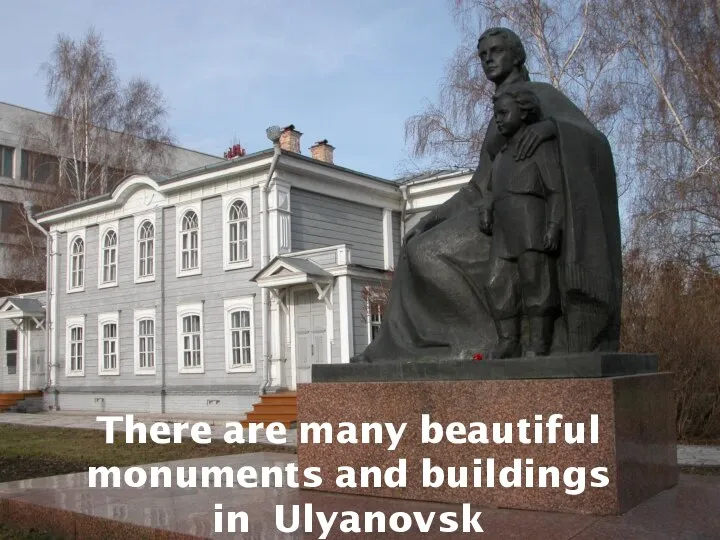
Слайд 26The Historical Museum of Goncharov
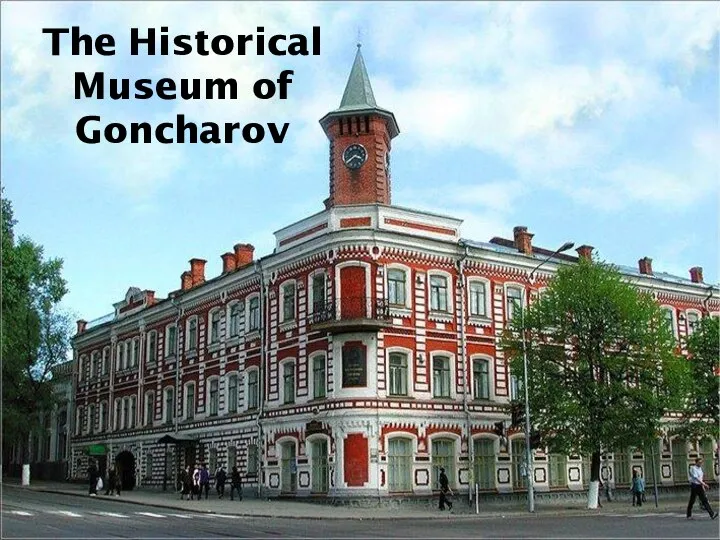























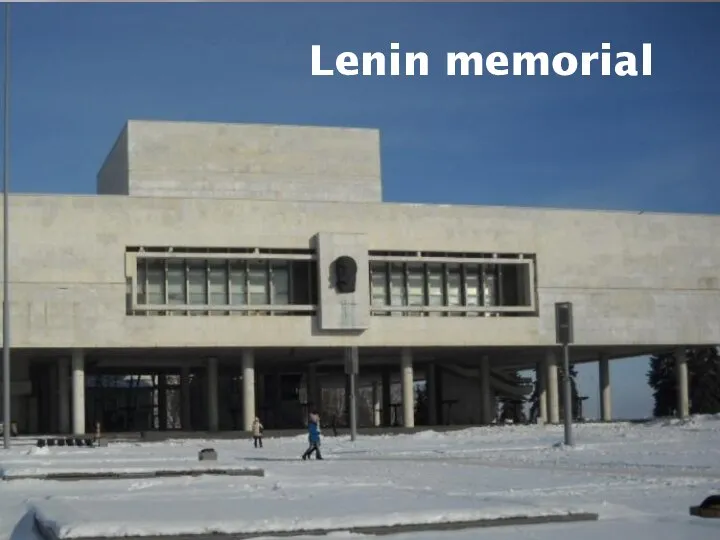

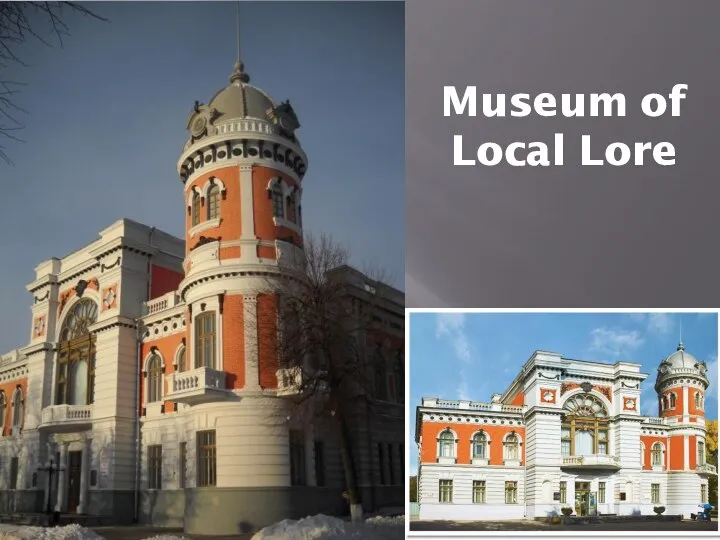
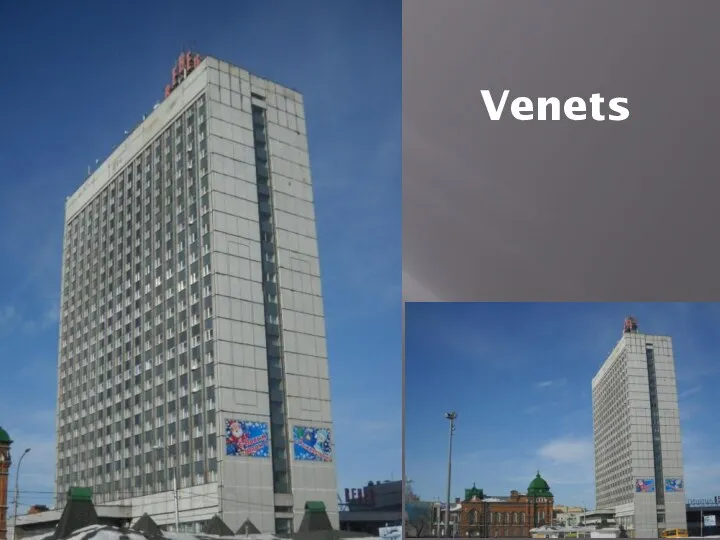
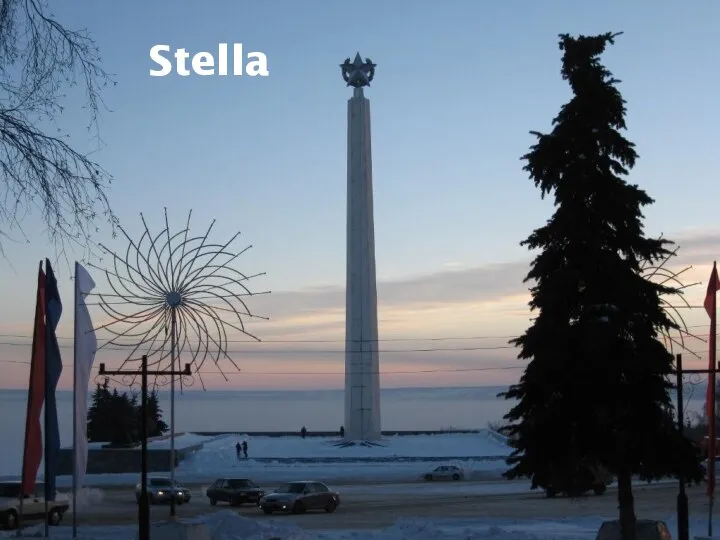

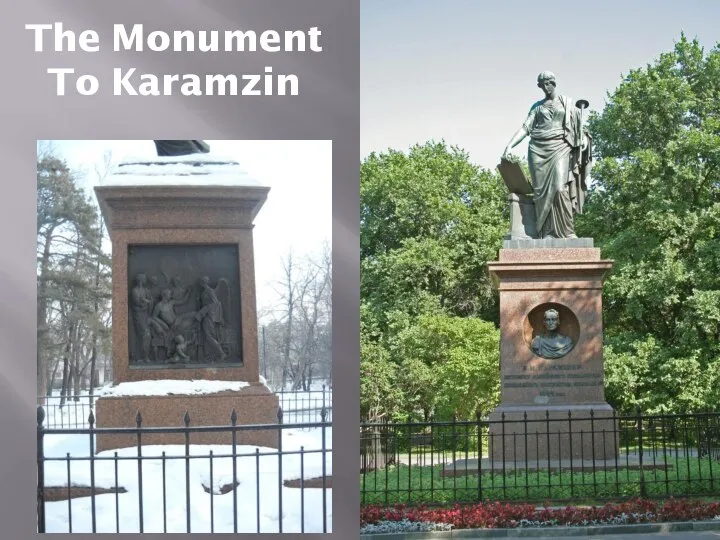

 Российское общество на пути становления демократии и социального государства
Российское общество на пути становления демократии и социального государства Псковская область - энциклопедия русской глубинки
Псковская область - энциклопедия русской глубинки Империя Наполеона
Империя Наполеона Экономическая и политическая ситуация России в начале XIX века
Экономическая и политическая ситуация России в начале XIX века Отцово древо семьи Алтаевых
Отцово древо семьи Алтаевых Позабытые профессии
Позабытые профессии Курган Криводино в Грязовецком районе Вологодской области
Курган Криводино в Грязовецком районе Вологодской области Происхождение денег
Происхождение денег Мой прадед 1909 – 1986 гг. (дед моего папы) участник Великой отечественной войны (1941 – 1945 гг.)
Мой прадед 1909 – 1986 гг. (дед моего папы) участник Великой отечественной войны (1941 – 1945 гг.) Смутное время 1598-1613
Смутное время 1598-1613 Восточные славяне в древности
Восточные славяне в древности Музей одного экспоната. Бра (светильник) Орден Победа
Музей одного экспоната. Бра (светильник) Орден Победа Образование СССР. Внешняя политика в 1920-е гг
Образование СССР. Внешняя политика в 1920-е гг 75-летию Победы посвящается…
75-летию Победы посвящается… Презентация на тему Тест "Россия в 1762 -1801 гг"
Презентация на тему Тест "Россия в 1762 -1801 гг"  История и виды часов
История и виды часов Письмо к Софье Новицкой
Письмо к Софье Новицкой Город на Неве - Санкт-Петербург
Город на Неве - Санкт-Петербург Фараоны Древнего Египта
Фараоны Древнего Египта Шизофрения. Эпилепсия
Шизофрения. Эпилепсия Художественное ремесло Древней Руси
Художественное ремесло Древней Руси Орден в моем доме
Орден в моем доме Причины начала 1-ой мировой войны
Причины начала 1-ой мировой войны Презентация на тему "Великие князья до времен Ольгиных воевали - она правила государством" - презентации по Истории
Презентация на тему "Великие князья до времен Ольгиных воевали - она правила государством" - презентации по Истории  От Столетней войны до эпохи великих географических открытий
От Столетней войны до эпохи великих географических открытий Я помню! Я горжусь! Великая Отечественная война
Я помню! Я горжусь! Великая Отечественная война История государства Российского
История государства Российского История глазами Эдварда Радзинского
История глазами Эдварда Радзинского